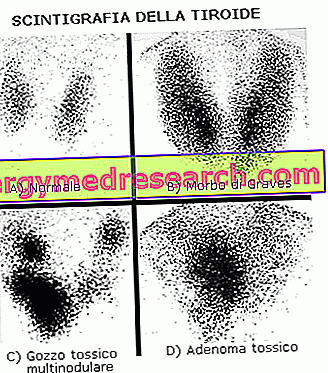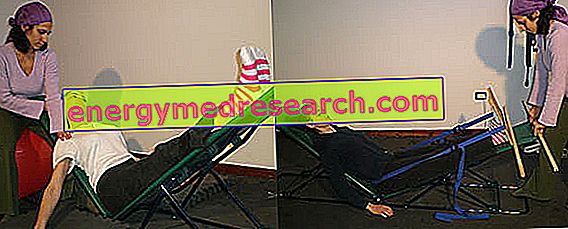Related articles: Labirintite
Definition
Labyrinthitis is an inflammation of the labyrinth (structure of the inner ear responsible for maintaining posture and a sense of balance).
Labyrinthitis can manifest itself in acute or chronic form, leading to deafness and loss of vestibular function. The inflammatory process is often due to a bacterial or viral infection; this can result from otitis or from an upper respiratory infection. The origin of the labyrinthitis can also be attributed to a head injury (eg fracture of the skull base), a meningitis, an allergic reaction or an extreme stress.
Most common symptoms and signs *
- Tinnitus
- Conati
- Mood disorders
- Temperature
- Hearing loss
- Meningitis
- Nausea
- Nystagmus
- Otalgia
- Otorrhoea
- Pallor
- Loss of balance
- Dizziness
- He retched
Further indications
Labyrinthitis usually begins with acute and violent symptoms. Incorrect functioning of the vestibular system leads to balance disorders and dizziness with headache, nausea and vomiting.
Vertigo can occur continuously or occur as a result of sudden changes in position or head movements. Furthermore, in the case of labyrinthitis, ringing in the ears (tinnitus), a feeling of strong pressure and pain inside the ears (especially in the case of an ongoing infection), nystagmus, pallor and decreased hearing ability of varying degrees . Other associated symptoms are dizziness, anxiety, fever and general malaise.
The diagnosis can be made by an otorhinolaryngologist visit. It is possible to use a nuclear magnetic resonance or a CT scan to assess the state of the inner ear and rule out more serious pathologies. As a rule, an audiometric examination is also used to determine hearing impairment.
The labyrinthitis therapy depends on the triggering cause (eg antiviral or targeted antibiotics). Control of symptoms is possible through the use of different types of drugs (eg antiemetics, anticholinergics, sedatives, etc.). Surgical treatment is usually used to avoid permanent damage to the ear.



